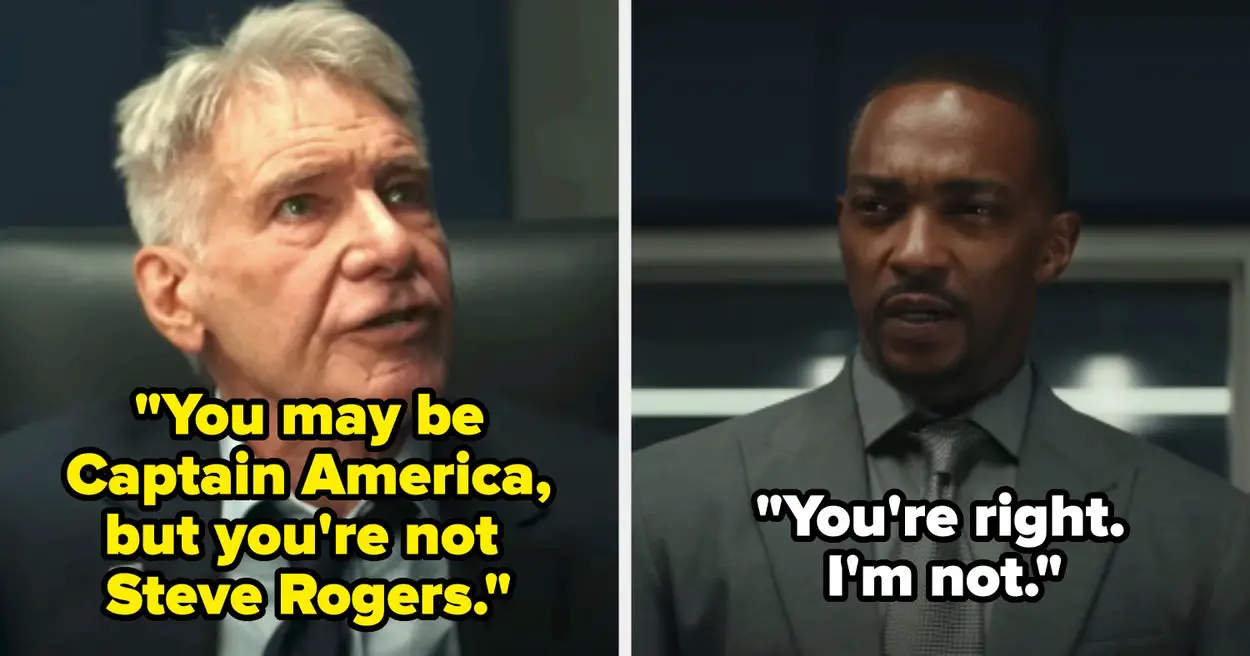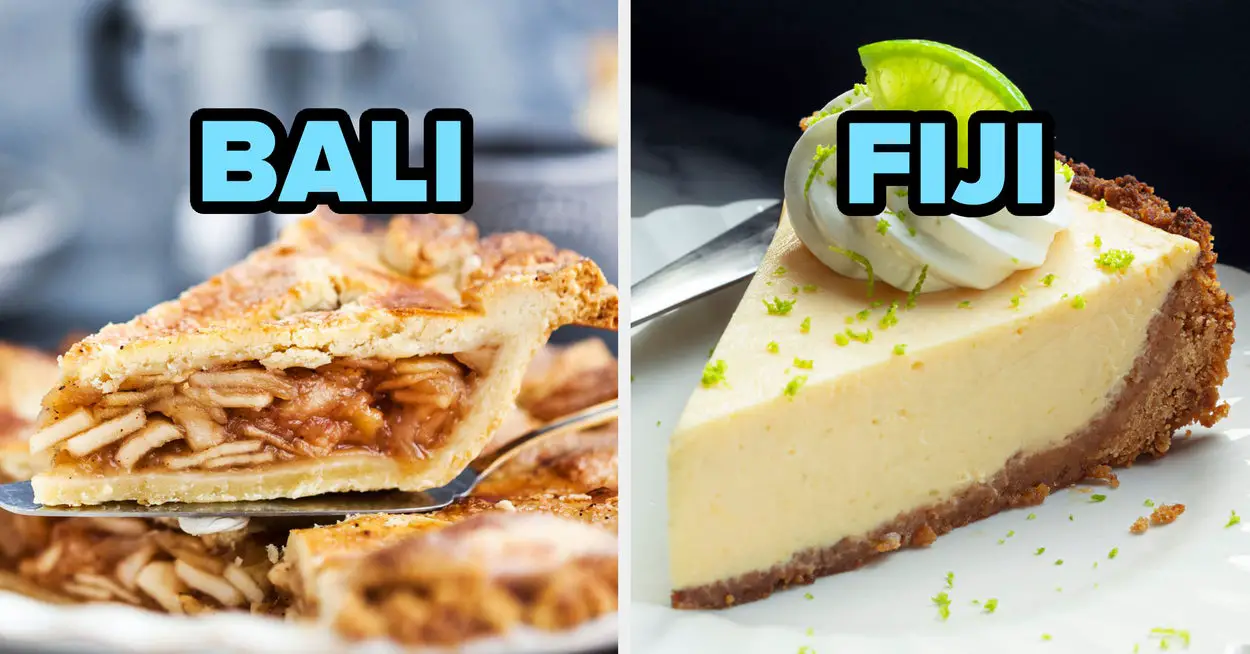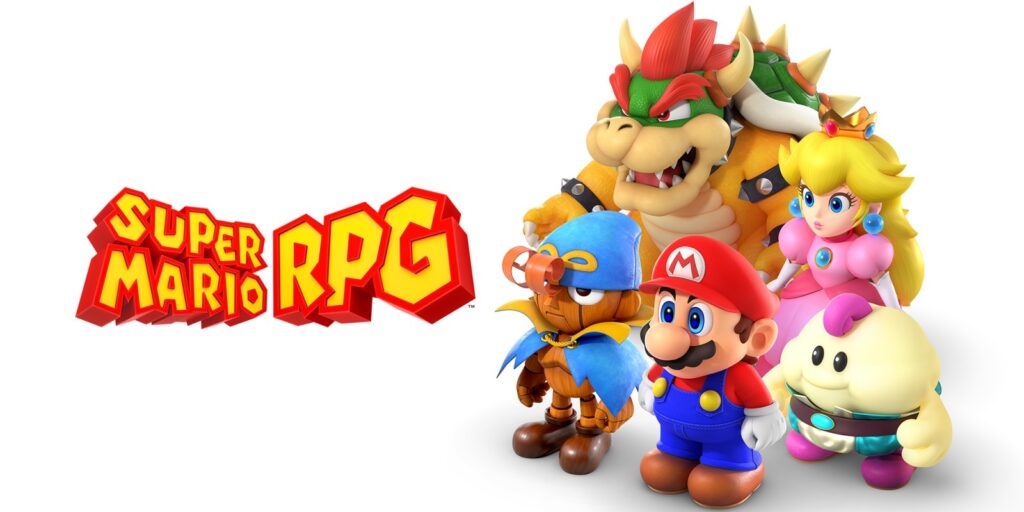A recent image from the Dark Energy Camera shows an act of galactic cannibalism, with a spiral galaxy similar to our Milky Way about to devour a nearby dwarf galaxy that has wandered into its path.
The dramatic interaction is occurring between a large spiral galaxy known as Haley’s Coronet and a smaller dwarf galaxy called NGC 1531. The dwarf galaxy is in the process of merging with the larger galaxy, which is being pulled into an irregular shape by the gravitational forces.
“This lopsided cosmic tug-of-war is a snapshot of how large galaxies grow and evolve by devouring smaller galaxies, absorbing their stars and star-forming material,” NOIRLab explains. “A similar process has happened in the Milky Way, possibly six times in the past, leaving vast streams of stars and other signs in the halo of the Milky Way.”
The two galaxies shown in the image will eventually merge into one, as the small dwarf galaxy is absorbed by the larger one. But before that happens, you can see how the larger galaxy’s spiral arms are being distorted by gravity, with one spiral arm twisted up toward the top of the image.
How to predict what will happen when two galaxies meet is a complex issue thought to relate to the galaxies’ supermassive black holes, but we do know that the outcome depends on the size of the galaxies involved. In cases like this, one large galaxy can easily absorb a smaller dwarf galaxy. However, when two similarly sized galaxies collide, they may merge to create an unusual structure, or the meeting may result in one of the galaxies being annihilated.
As dramatic as the process of galaxy merging is, however, it isn’t only destructive. Mergers also often trigger waves of star formation, with material like dust and gas forming bridges between the two galaxies and providing the basis for the birth of new stars.
Editors’ Recommendations
Source link









Leave a Reply